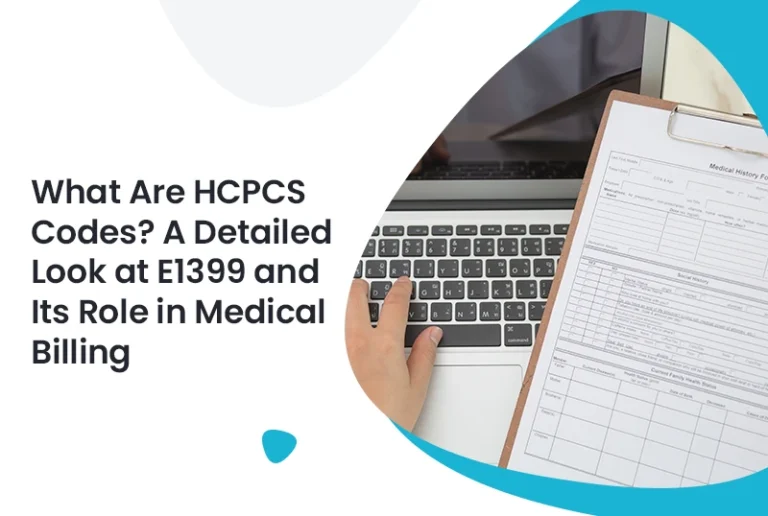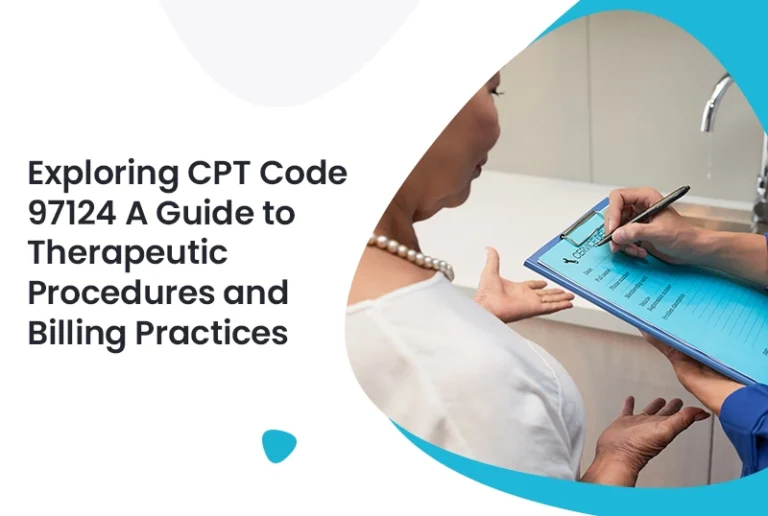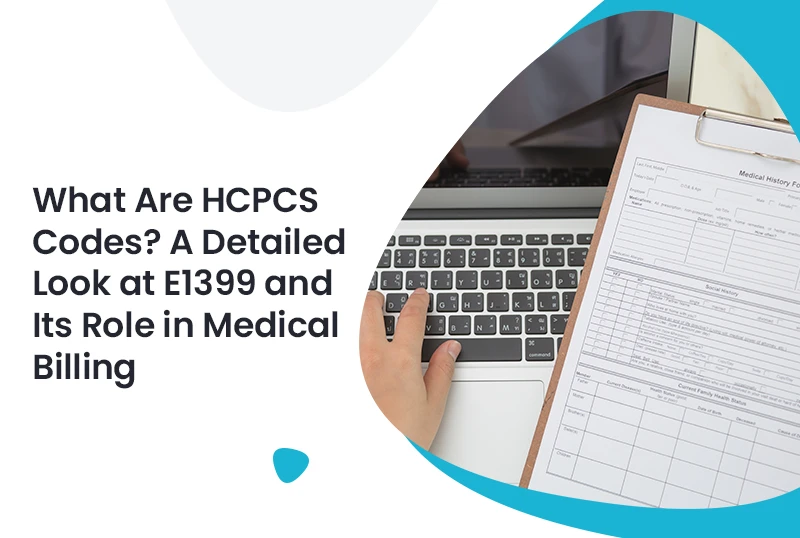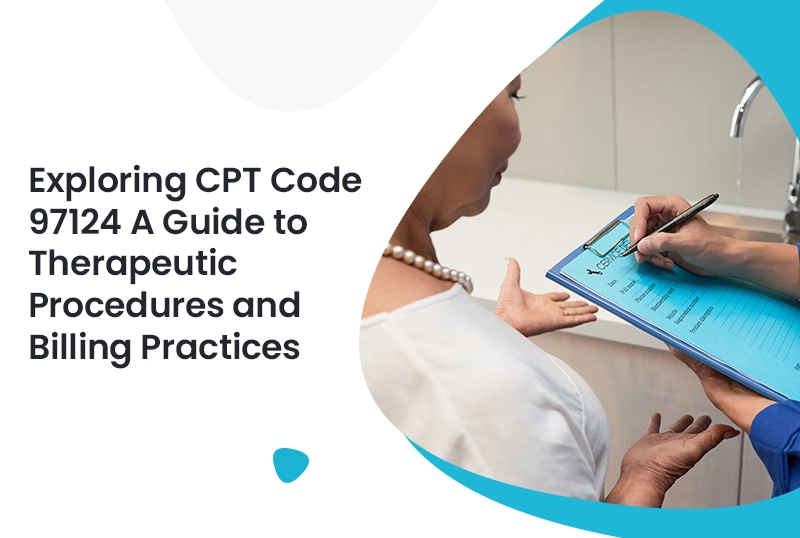J3590 Medicare Reimbursement Explained: How to Bill Unclassified Drugs Correctly for Maximum Payout
J3590 is used to bill Medicare for drugs without a specific code. This guide explains…
Does Insurance Cover Chiropractic Care? Understanding the 98941 CPT Code and Your Coverage Options
The 98941 CPT code is used for chiropractic treatments involving multiple regions of the body…
Loss of Appetite ICD‑10 (R63.0): An Overview
Loss of appetite, or anorexia (not to be confused with anorexia nervosa), is a frequently…
Understanding G0402 and Its Role in Medicare Wellness Visits
If you’re involved in healthcare or medical billing services, you’re probably familiar with the G0402…
What Are HCPCS Codes? A Detailed Look at E1399 and Its Role in Medical Billing
If you’ve ever worked in the healthcare industry, you’ve likely encountered HCPCS codes. These codes…
Exploring CPT Code 97124 A Guide to Therapeutic Procedures and Billing Practices
As healthcare providers, we know how complex CPT codes can be. Therefore, getting them right…
J3590 Medicare Reimbursement Explained: How to Bill Unclassified Drugs Correctly for Maximum Payout
July 1, 2025J3590 is used to bill Medicare for drugs without a…Does Insurance Cover Chiropractic Care? Understanding the 98941 CPT Code and Your Coverage Options
July 1, 2025The 98941 CPT code is used for chiropractic treatments involving…Loss of Appetite ICD‑10 (R63.0): An Overview
July 1, 2025Loss of appetite, or anorexia (not to be confused with…
Understanding G0402 and Its Role in Medicare Wellness Visits
June 29, 2025If you’re involved in healthcare or medical billing services, you’re…
What Are HCPCS Codes? A Detailed Look at E1399 and Its Role in Medical Billing
June 29, 2025If you’ve ever worked in the healthcare industry, you’ve likely…
Exploring CPT Code 97124 A Guide to Therapeutic Procedures and Billing Practices
June 28, 2025As healthcare providers, we know how complex CPT codes can…



